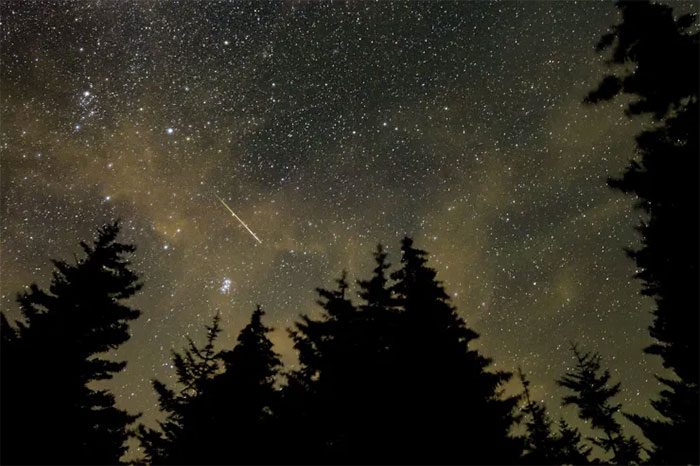On October 8 and 9, the sky across the Earth will sparkle with brilliant meteors and cosmic dust during the Draconids meteor shower.

A meteor streak in the sky of West Virginia in August 2021.
Meteor showers occur when the Earth passes through clouds of debris left by comets. During the peak of the Draconids meteor shower, the Earth collides with millions of small rocky and icy fragments left by comet 21P/Giacobini-Zinner, which travels through the solar system and crosses the Earth’s orbit every 6.5 years.
According to NASA, skywatchers can expect to see 10 to 20 meteors per hour during the peak of the Draconids meteor shower. However, this month’s full moon may be brighter than usual, overshadowing the meteor shower. To have the best chance of viewing the meteor shower, find the darkest location possible and allow your eyes to adjust to the darkness for at least 30 minutes.
The Draconids meteor shower is quite unique because its radiant point is highest in the sky when darkness falls. This means that, unlike many other meteor showers, the Draconids are more likely to be visible in the evening rather than close to dawn.
The next meteor shower is the Orionids, which will take place later this month, peaking on October 21.


















































